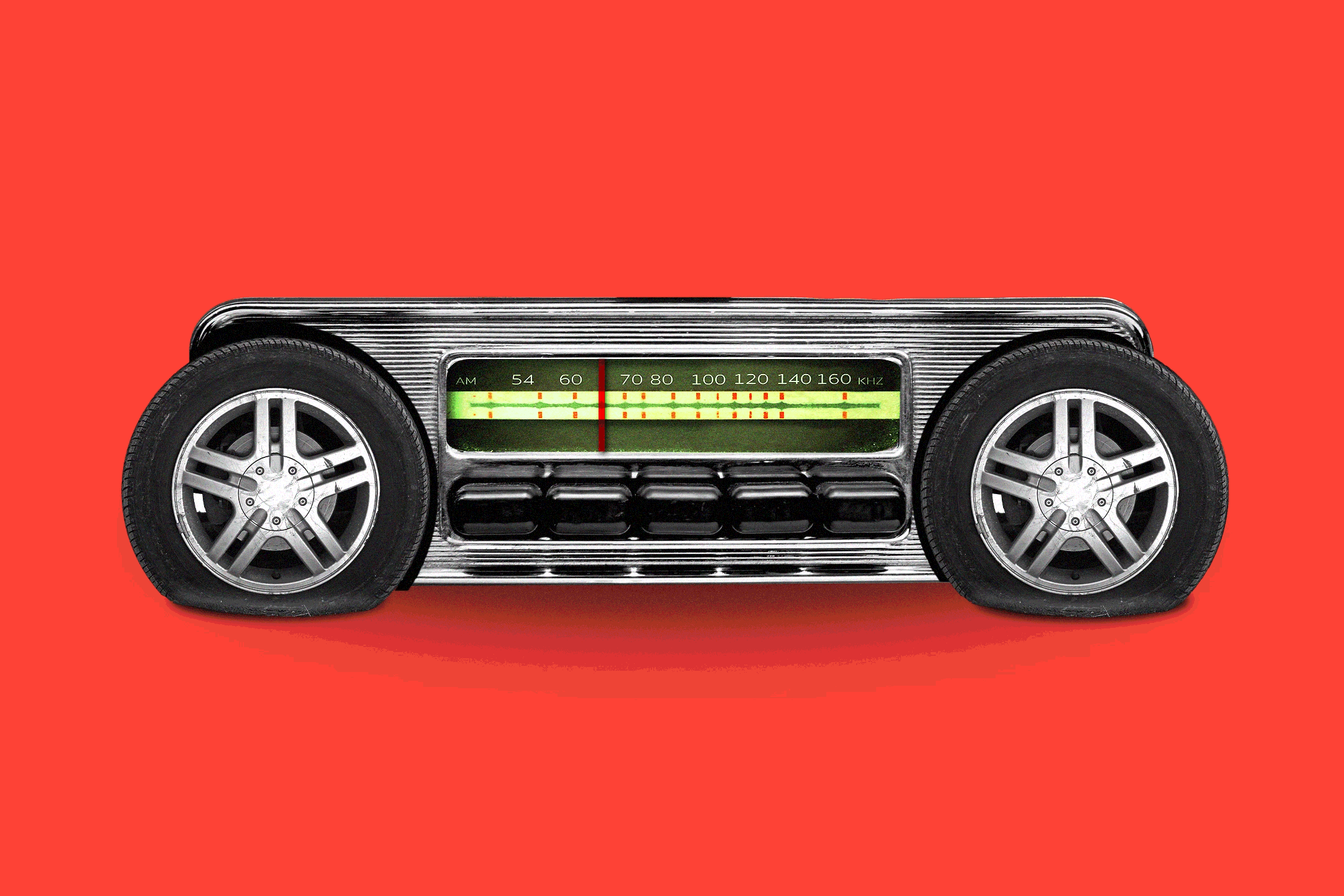U.S. Fears Move to Mute Train Whistles
- Share via
WESTFORD, Mass. — Anne Forbes used to stop her conversations in mid-sentence while the fierce-throated beauties would pass by her home.
“It’s horrendous,” Forbes said of train whistles. “It’s the kind of noise that goes directly in your ear. . . . For people who live right next to the tracks, I feel there’s a real possibility of hearing loss.”
Train whistles, which inspired poets and pierced the American landscape for more than 150 years, have been silenced at more than 1,400 U.S. crossings to settle the nerves of people like Forbes. The robust roar was banned two years ago in her hometown of Acton, about 25 miles west of Boston.
But the quiet worries federal lawmakers, who fear that more people will be killed by trains if they can’t hear them. A 1992 study by the Federal Railroad Administration revealed fewer accidents at crossings with whistle warnings.
“We recognize train whistles are loud--they’re supposed to be,” said David Bolger, a spokesman for the FRA.
As part of its 1994 Swift Rail Development Act, Congress required train-whistle soundings at all 168,000 public crossings by November 1996. The whistles must produce a minimum sound level of 96 decibels at 100 feet--the equivalent of someone using a revving chain saw.
But the FRA has delayed implementing the new law until it can resolve opposition from local communities, which argue that the whistles are unnecessary safety additions to automatic gate crossings and people’s good sense to look both ways.
“This whole issue is total government overkill,” said Nancy Tavernier, an Acton selectwoman. “We have demonstrated far beyond anyone’s imagination that our crossings are safe.”
Bolger said the agency is most concerned about grade crossings that lack electric safety gates and lights. At those crossings, the whistle provides the only hint a train is on the horizon.
In 1995, 579 people were killed at crossings, Bolger said. That number appears to have dropped about 20% in 1996, though the final tally won’t be known for a couple of months.
Still, Bolger said, “it’s our most vexing problem.”
At the National Railway Historical Society, Paul Kutta favors the whistles, which were first produced on steam locomotives with the tug of a rope. Now, the whistles are actually electric air horns, sounded with the push of a button or the pull of a handle.
For safety’s sake, “maybe people should have to learn to live with it,” Kutta said.
One town where the whistles still sound is Westford, about 30 miles northwest of Boston. At Spinners Package and Deli one recent day, no one seemed to notice the hourly freight trains as they howled along the old Boston & Maine line.
“After about five years you don’t even hear it,” said a customer who lives just up a hill from the crossing.
Still, many communities no longer hear the sounds that would interrupt Forbes while she was speaking, spur political candidates to stage “whistle-stop” tours and inspire Walt Whitman to describe the locomotive as a “fierce-throated beauty.”
Some wonder if the whistles will go the way of the clink of the milkman’s bottles on the porch, or the shout of the paperboy with an “Extra, extra!”
“It’s like school bells. We don’t have them anymore,” said Tom Taber, a longtime railroad buff from Muncy, Pa. “It’s just part of all this change.”
Taber wonders if losing the train whistle would have the same effect on Americans as the temporary outage of a local factory horn had several years ago on the people of Muncy.
“We missed hearing it,” he said.
More to Read
Sign up for Essential California
The most important California stories and recommendations in your inbox every morning.
You may occasionally receive promotional content from the Los Angeles Times.










